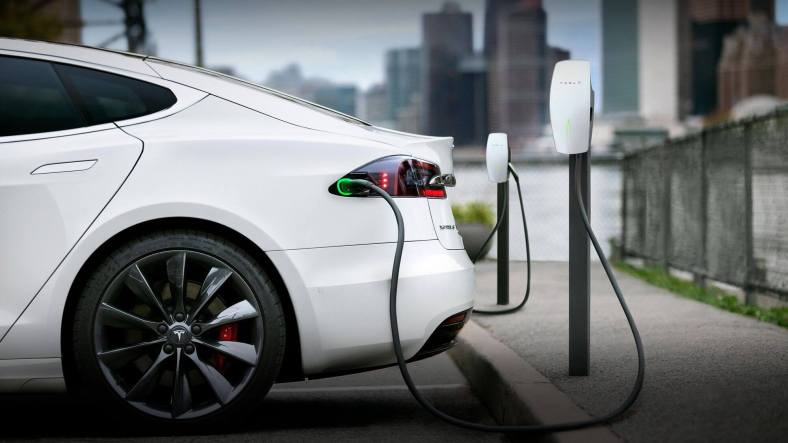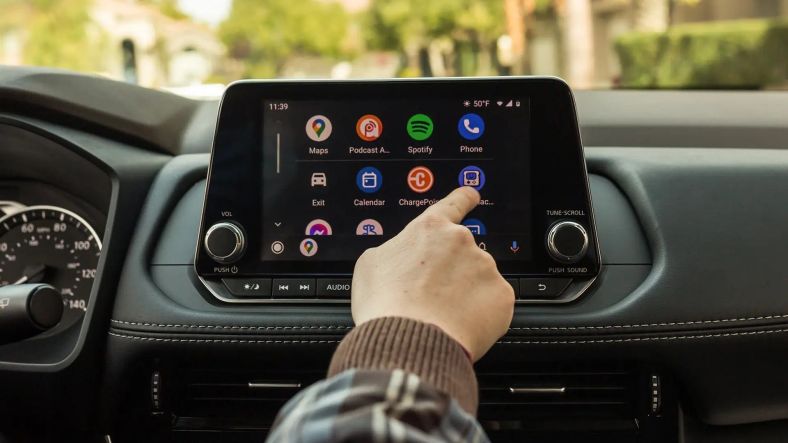Scientists in Singapore have made massive scientific advancements once found only in a galaxy far, far away. A new report published by Reuters Monday details a new device called ACES, which stands for Asynchronous Coded Electronic Skin. Researchers at the National University of Singapore have crafted the material, which — in its current form — includes 100 sensors and is just one square centimeter in size.
According to lead researcher Benjamin Tee, ACES can process details faster than the human nervous system while recognizing dozens of textures and the ability to read Braille with upwards of 90-percent accuracy. The endgame, the researchers say, is to make artificial skin for people with prosthetic limbs to detect objects, textures, temperatures, and even pain.
“So humans need to slide to feel texture, but in this case the skin, with just a single touch, is able to detect textures of different roughness,” Tee says. The researcher added there’s also an artificial intelligence component involved that allows the “electronic” skin to learn at a rapid pace.
“When you lose your sense of touch, you essentially become numb… and prosthetic users face that problem,” the scientist adds. “So by recreating an artificial version of the skin, for their prosthetic devices, they can hold a hand and feel the warmth and feel that it is soft, how hard are they holding the hand.”
Tee directly attributes the inspiration for the technology to a moment in Star Wars: The Empire Strikes Back when Luke Skywalker (Mark Hamill) had his hand removed in a fight with Darth Vader. In the film’s closing moments, Luke’s then outfitted with a robotic hand that serves exactly as a regular organic hand would.
The group has also registered patents for transparent skin that’s capable of repairing itself in the event of torn and a material that can emit light.
Most Star Wars movies, including Empire Strikes Back, are now streaming on Disney+.
Justin Morgan helped bring TeslaBel from a weekly newsletter to a full-fledged news site by creating a new website and branding. He continues to assist in keeping the site responsive and well organized for the readers. As a contributor to TeslaBel, Justin mainly covers mobile news and gadgets.





